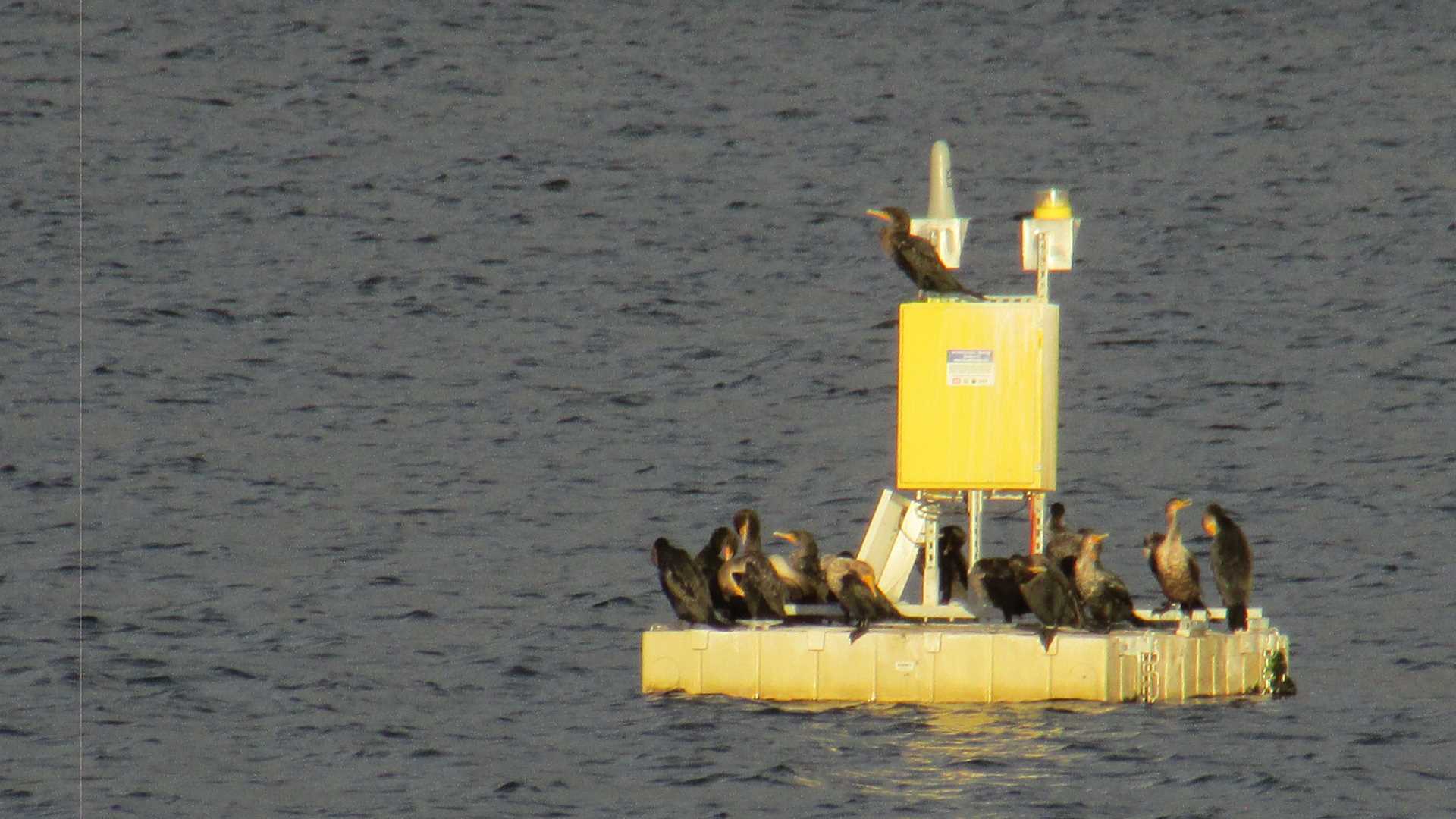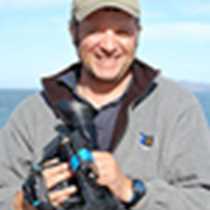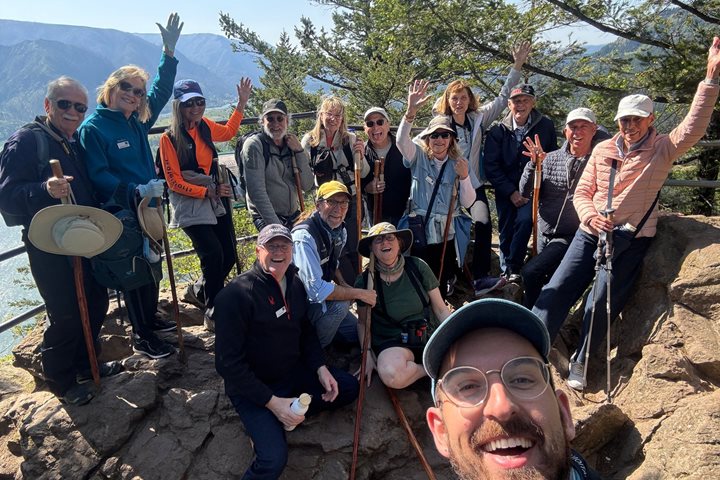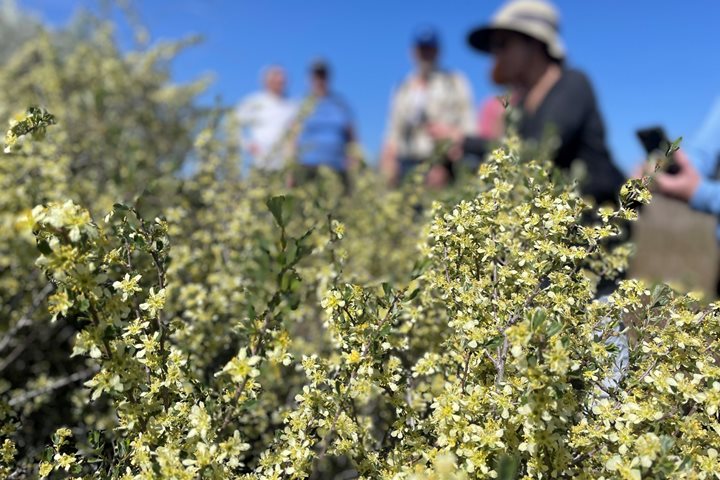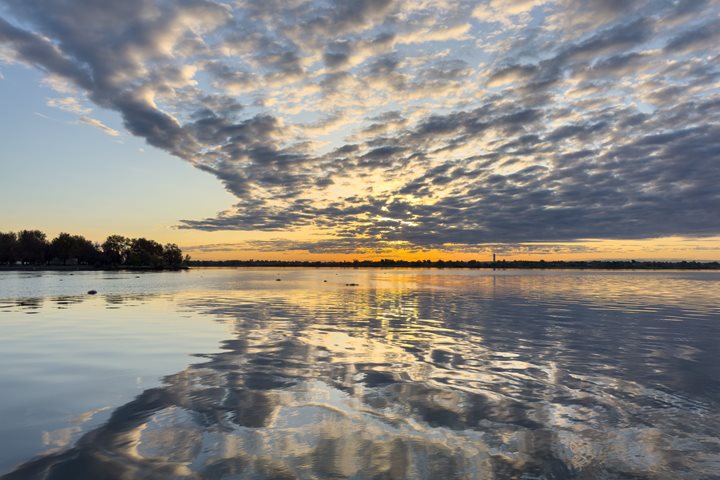As the sun rose across the Snake River, a magenta glow began to illuminate National Geographic Sea Lion as it approached Little Goose Dam and Lock, eventually reaching the Palouse-Snake River confluence. After transiting the lock, National Geographic Sea Lion set anchor and guests set out by Zodiac for transfers to Palouse Falls and cruises up the River. The majesty of Palouse Falls did not disappoint, highlighting sculptural mastery of enormous Missoula Floods over 15,000 years ago. Guests on Zodiacs cruised up the Palouse River spotting porcupines, mule deer, coots, and cormorants while penetrating deep into the deep Palouse River Canyon. Guests finished their adventure paddling the confluence of the Palouse and Snake River Basins, intimately exploring retired Lyon’s Cable Ferry while navigating great bulrush and cattails along the mouth of the Palouse River.
Call +1.800.397.3348 or contact your travel advisor

